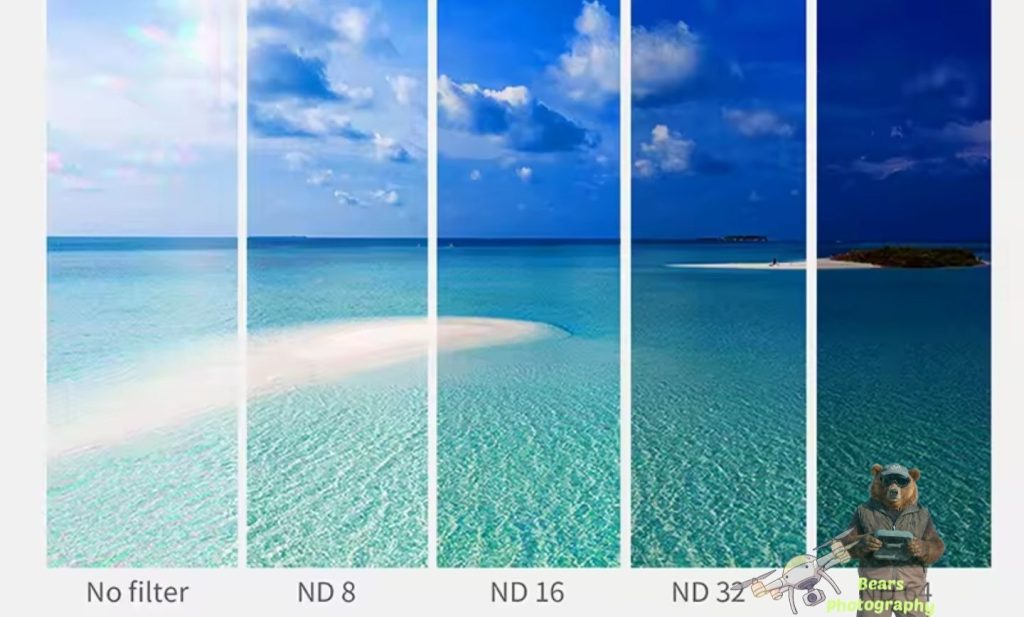DN Filters Are your friend
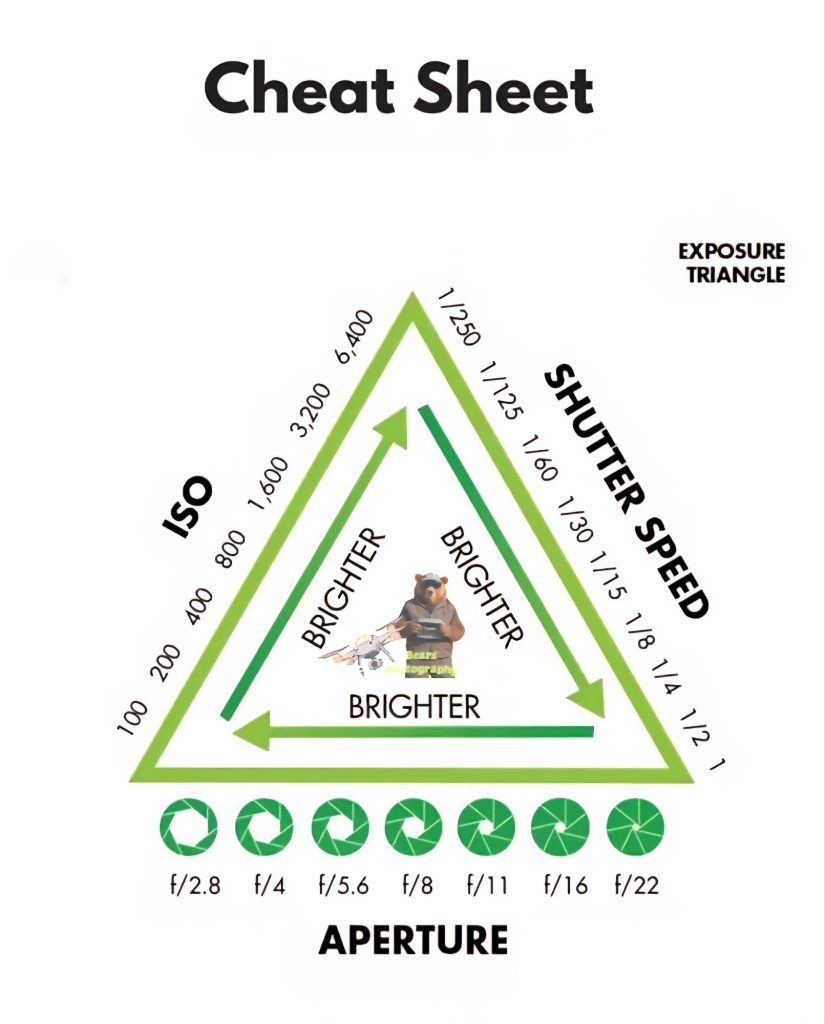
A neutral-density filter, or ND filter, is a small piece of darkened glass that is placed over the drone camera’s lens. ND filters have long been utilized by photographers and Drone uses.
In short ND filters are Sunglasses for your Lenses .
They restrict the amount of light that enters the drone’s camera. The darker the filter, the less light that makes it through. The amount of light that ND filters restrict correlates with something the photography and videography community calls f-stops.
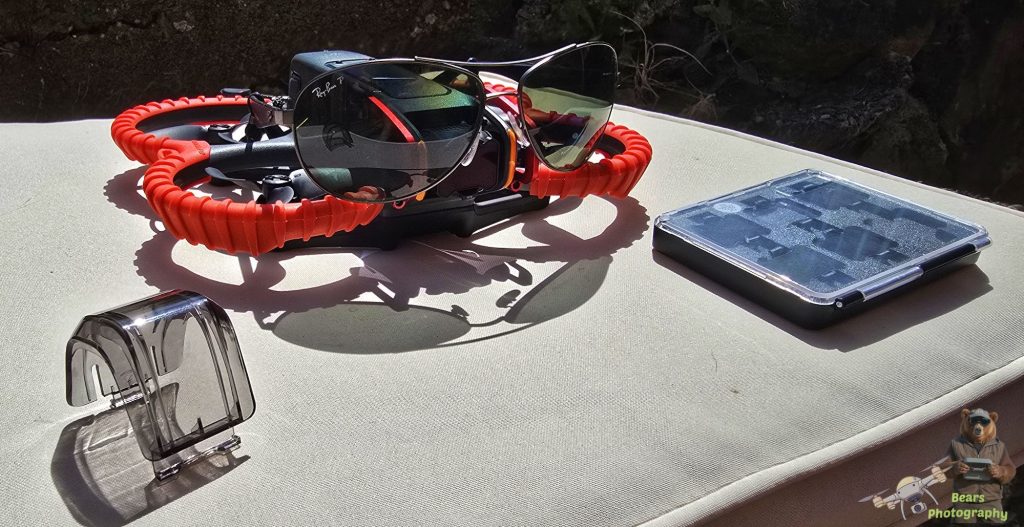
Why Do You Need ND Filters For Your Drone?
At this point, you might be wondering if ND filters are actually necessary. Technically, ND filters are not necessarily required per se; the drone’s camera will indeed function without them, and in many cases, great video footage can be captured without an ND filter. The average drone pilot that just wants to capture amateur aerial footage can get by without ND filters.
However, the quality of the video captured will be limited without the use of an ND filter, and we will explain why shortly. But first, we first need to understand what a camera’s frame rate is and how a camera’s shutter speed works.
Frame Rate
A camera’s frame rate is the number of images it captures per second. The frame rate is expressed in frames per second. So, when a drone camera is set to 30 frames per second, the camera will capture 30 still frames each second.
Shutter Speed
When a camera is recording video, the shutter is closing and opening rapidly to capture information. After all, a video is composed of a series of photos. Shutter speed is measured in fractions of a second. For example, when the shutter speed is set to 1/800, the shutter opens and closes more rapidly than when the shutter speed is set to 1/250. The lower the shutter speed, the longer the camera’s sensor is exposed to light.
A slower shutter speed typically results in video footage that better mimics how we see things in the real world, whereas faster shutter speeds typically result in video footage that looks choppy and unnatural.
The 180 Degree Rule
Now that we have established what frame rate and shutter speed are, we need to understand how these two variables intersect and impact the video footage, and, most importantly, where ND filters come into play.
When setting shutter speed and frame rate, videographers use the “180-degree rule.” Without getting into the technical weeds of this topic, according to this general rule of thumb, the shutter speed should be twice the frame rate in order to achieve the most natural motion blur.
Basically, after a lot of experimentation with different frame rates and shutter speeds, videographers that know much more than we do conclude that this combination yielded the best, most realistic video.
So, if you want to shoot video at 30 FPS, the shutter speed should be set to 1/60 for the most cinematic footage. Likewise, if you want to shoot in 60 FPS, the shutter speed should be set to 1/120.
The problem, however, is that manually adjusting the frame rate and shutter speed in accordance with the 180-degree rule almost always results in video footage that looks washed out and overexposed. This is especially true on bright sunny days.
To see what we mean, go outside, and power your drone on. Change the exposure setting to automatic. The camera will automatically adjust the shutter speed to reduce the amount of light entering the camera. If it is bright and sunny outside, the shutter speed will be extremely high, which, as mentioned, is less than ideal for cinematic video.
Now, manually adjust the frame rate and shutter speed to 30 FPS and 1/60, common drone videography settings. The display got super bright and washed out, right? That is because the shutter speed is set to a relatively slow speed, so a lot of light enters the camera.
This is where ND filters come in. An ND filter will filter the excess light entering the camera, allowing you to shoot with the desired frame rate and shutter speed without the footage being overexposed.
How Do You Use ND Filters?
To use an ND filter, you first need to determine which filter is needed for the specific conditions. After you select the filter you think you need, secure it to the drone’s camera. This process will vary slightly depending on the particular drone.
Should You Always Fly With An ND Filter?
So, where does this leave us? Is it advisable to always fly with an ND filter? Well, it really depends on personal preference. There is certainly an argument to be made either way.
In short, the only time you should fly with an ND filter is if you are going to be taking aerial videos and if you want to capture realistic motion blur, or if you want to take long-exposure daytime photos. If you just want to take some normal photos and fly for fun without taking the process too seriously, an ND filter is not necessary.
However, even if you do not plan on capturing cinematic video footage or taking long-exposure photos, it still might be a good idea to fly your drone with an ND filter on just in case you happen to see an epic sight that you just have to record. If installing an ND filter prior to each flight is no inconvenience to you, you might as well always fly with one.
But for other people, it is simply too big of a hassle to install an ND filter before each flight, especially for drone pilots that want to get the drone up in the air as quickly as possible. After all, putting an ND filter on takes time, time that your drone is on the ground and not in the air.
It is also worth noting that, if you are using a drone for commercial purposes that do not involve capturing video (like mapping or visual inspection), an ND filter is not needed.
White Balance
What Is Color Temperature?
Let’s talk a bit about color temperature. Color temperature is measured in units of Kelvin (K) and is a physical property of light. There is a large margin for variance between different light sources, even if they appear to be exactly the same. For example, maybe you’ve been in a room with rows of overhead fluorescent lights and noticed that there were some bulbs that were a slightly different color than the others. Maybe they were older or a different brand of bulbs, but regardless of why, they had a different color temperature than the rest of the bulbs. Similarly, sunlight at noon can have a different color temperature than it does at sunset.
A neutral color temperature (sunlight at noon) measures between 5200-6000 K. You’ll find most external flash units come set from the factory in that range, which means they are basically trying to imitate sunlight. An incandescent light bulb (warm/orange) has a color temperature of around 3000 K, while shade (cool/blue) has a color temperature of around 8000 K. Here’s a chart that gives you a few different light sources and their typical range of Kelvin measurements:
| Color Temperature | Light Source |
| 1000-2000 K | Candlelight |
| 2500-3500 K | Tungsten Bulb (household variety) |
| 3000-4000 K | Sunrise/Sunset (clear sky) |
| 4000-5000 K | Fluorescent Lamps |
| 5000-5500 K | Electronic Flash |
| 5000-6500 K | Daylight with Clear Sky (sun overhead) |
| 6500-8000 K | Moderately Overcast Sky |
| 9000-10000 K | Shade or Heavily Overcast Sky |
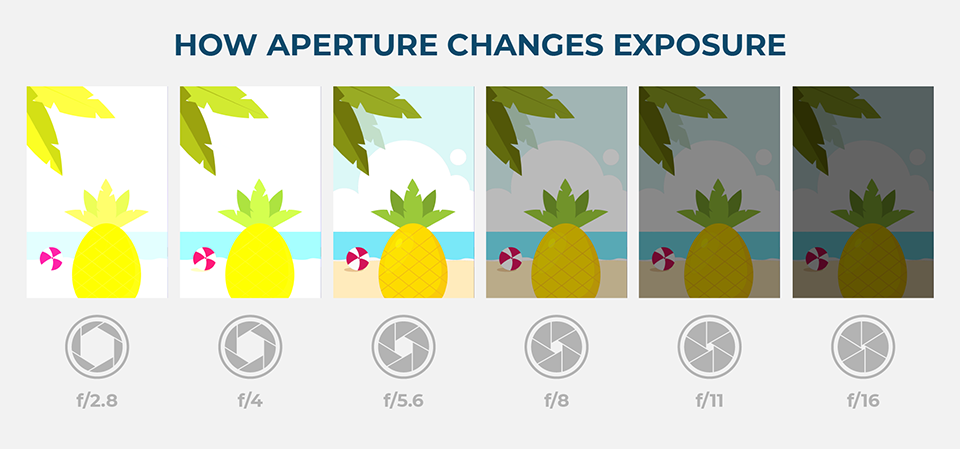
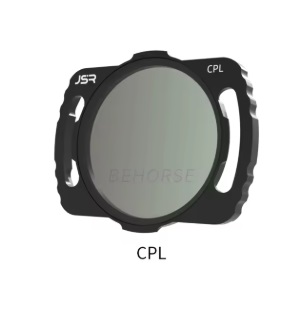
CPL vs ND filter: a full comparison of all aspects
| Aspect | ND Filter | CPL Filter |
|---|---|---|
| Light control | Reduces the amount of incoming light, enabling longer exposures. | Reduces reflections and glare, managing the intensity of light. |
| Use cases | Capturing long exposures, controlling overexposure in bright conditions, and achieving motion blur in waterfalls. | Enhancing skies, managing reflections on water, and intensifying colour saturation. |
| Effect on colours | Doesn’t affect colours. | Enhances colour saturation, especially in skies, water, and foliage. |
| Versatility | Versatile in various lighting conditions and scenarios requiring extended exposure times. | Versatile for scenes with reflective surfaces and situations where colours need a boost. |
| Creative possibilities | Enables creative effects through extended exposures, allowing for unique and artistic shots. | Enhances overall image contrast and colour vibrancy, providing a more dynamic and captivating look. |
| User preferences | Preferred by those seeking artistic long-exposure effects and control over lighting conditions. | Chosen by photographers aiming to intensify colours and manage reflections for a crisp, vivid image. |
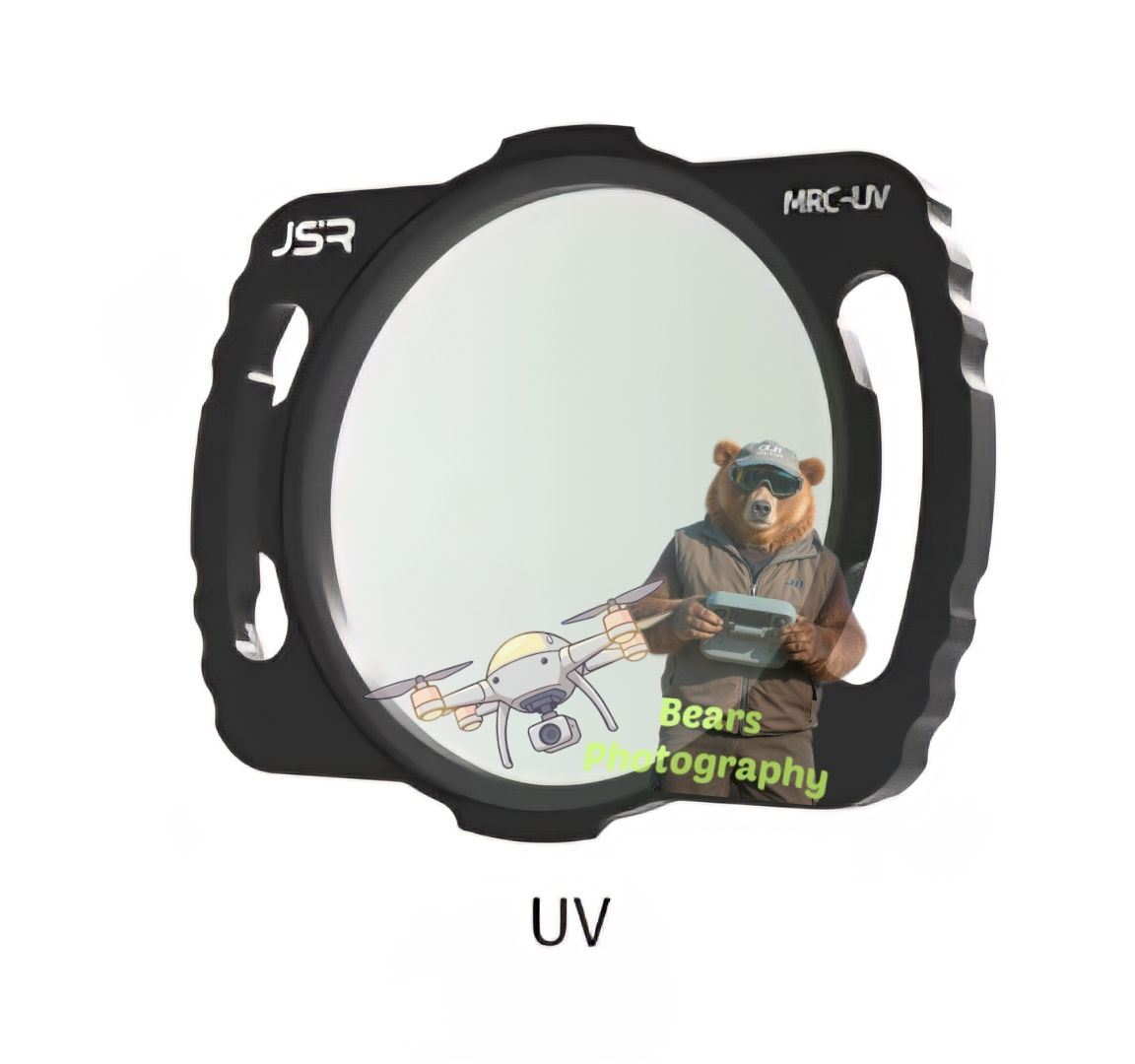
UV vs ND Filter: Quick comparison
When it comes to UV vs ND filters, the choice depends on what you want to achieve. ND filters offer creative control over light, while UV filters provide everyday protection. Here’s a quick comparison:
Ease of use: Both are simple to use – just screw them onto your lens!
Optical quality: Both filters maintain optical clarity, ensuring sharp photos.
Effects on the image: ND filters give a lot of creative freedom and allow for several interesting effects; UV filters are for clarity and reduced haze.
Usage: ND filters are used only when you want their effect, UV filters can stay on the lens for everyday protection.
The Video to the Right was done in D-Log M ND:UV, it was a very Gloomy day so thought to keep it to UV
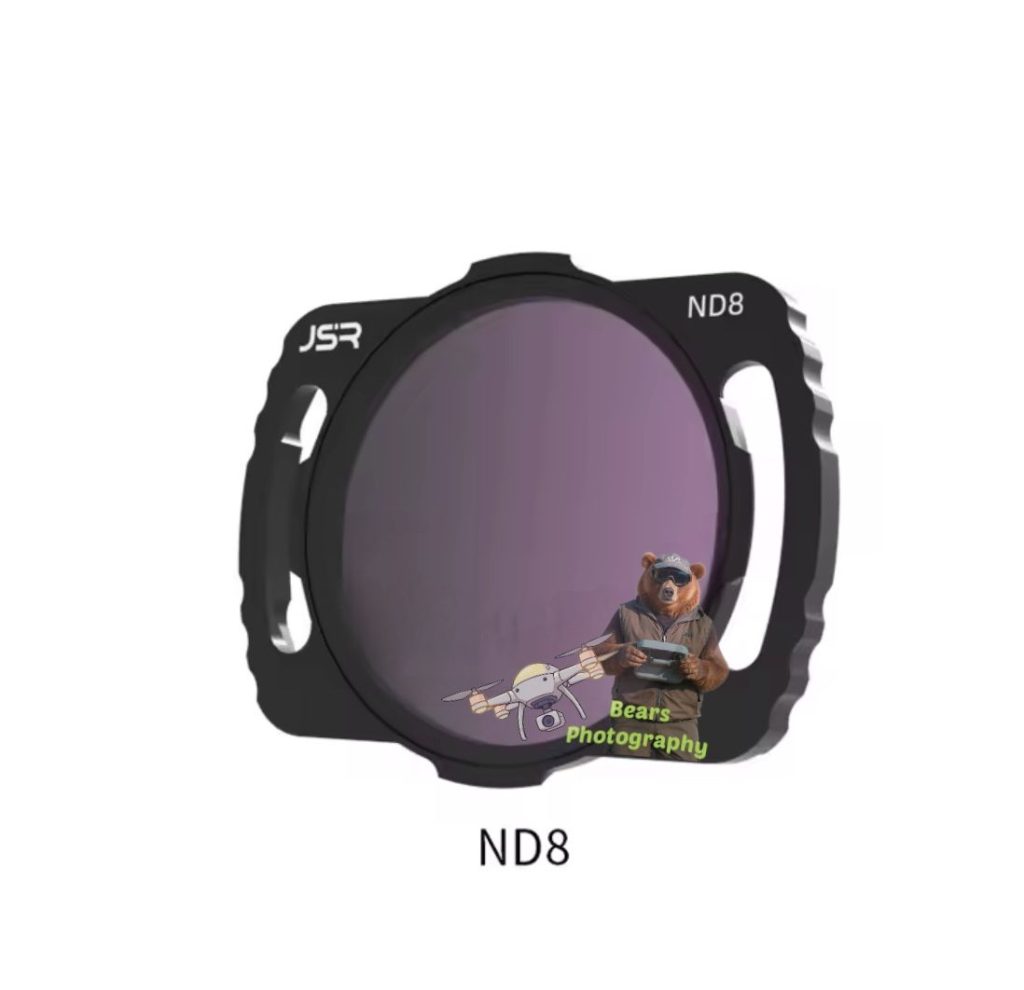
What is an ND8 filter?
An ND8 filter is a neutral density filter that reduces the amount of light entering the camera’s lens by three stops. It is a commonly used filter among photographers and videographers to achieve certain creative effects in their work.
These filters will help to get a shallower depth of field in bright lighting conditions, which is ideal for portrait photography. They are also useful for achieving slower shutter speeds in landscape photography for a dreamy effect.
How many stops has an ND8 filter?
The ND8 filter reduces the amount of light entering the lens by 3 stops. This means that if your camera’s current settings allow for a shutter speed of 1/1000th of a second, using an ND8 filter would require you to slow down the shutter speed to 1/125th of a second to achieve the same exposure level. It is important to note that different ND filters will have different stop values, so it’s essential to choose the right filter for the desired effect.
What are ND8 filters used for?
ND8 lens filters are primarily used to create a shallower depth of field in bright lighting conditions. This is particularly useful for portrait photography, where a blurred background can help isolate the subject and create a more visually appealing image. ND8 filters are also used in landscape photography to achieve slower shutter speeds, which can create a more dreamy and ethereal effect in the final image.
When should you use an ND8 filter?
ND8 filters are ideal for use in bright outdoor settings where the available light is too strong for the camera’s current settings. In such situations, using an ND8 filter can help you achieve the desired aperture and shutter speed settings to capture the image you want without overexposure or blown-out highlights.
ND8 filters are ideal for use in bright outdoor settings where the available light is too strong for the camera’s current settings. In such situations, using an ND8 filter can help you achieve the desired aperture and shutter speed settings to capture the image you want without overexposure or blown-out highlights.
The Video to the Right was done in D-Log M ND:ND8, It was a very Gloomy day so thought to keep it to ND8
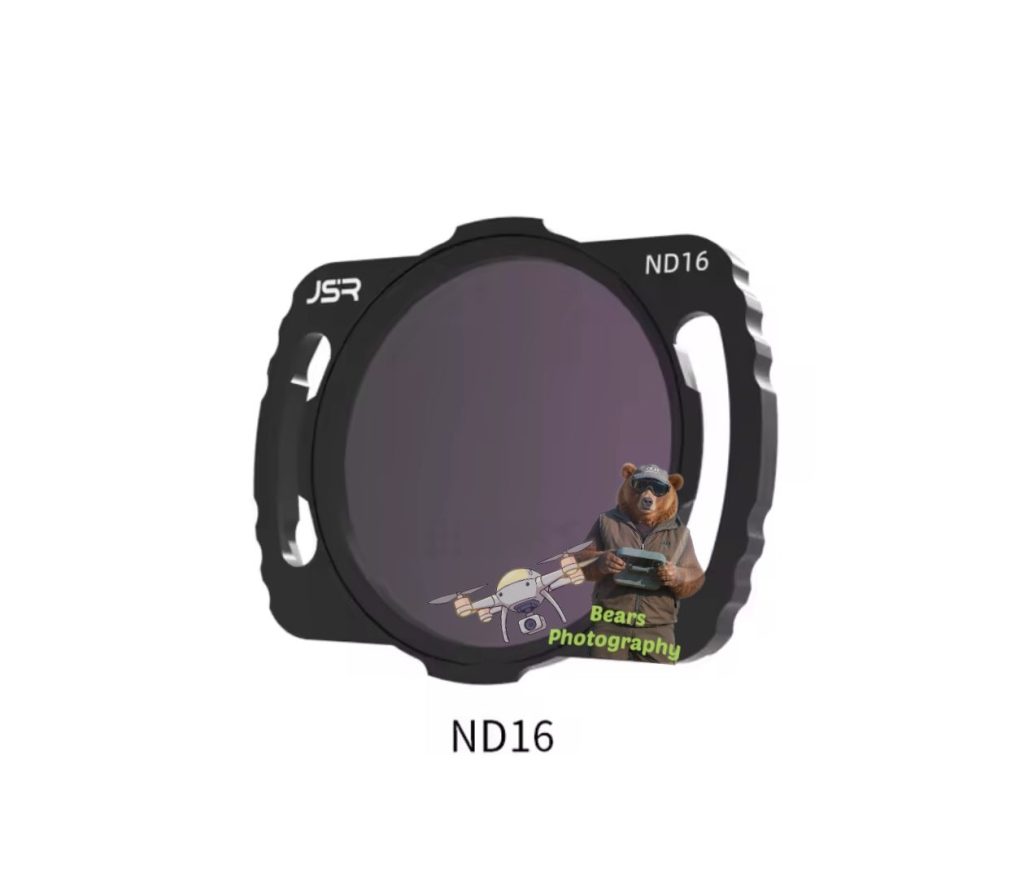
How many stops does an ND16 filter have?
An ND16 filter has 4 stops of light reduction, which means it reduces the amount of light entering the lens by a factor of 16. This makes it ideal for shooting in bright conditions when a slower shutter speed or wider aperture is needed to achieve the desired effect.
What are ND16 filters used for?
ND16 filters are used to control the amount of light entering the camera lens, allowing photographers to use slower shutter speeds or wider apertures in bright conditions. This allows for creative effects like motion blur, shallow depth of field, and long exposures. ND16 filters are particularly useful for outdoor photography in bright sunlight or when shooting near reflective surfaces like water.
When should you use an ND16 filter?
An ND16 filter is best used when the camera’s exposure settings need to be adjusted to capture the desired effect, but there is too much light entering the lens. This can occur when shooting in bright sunlight or when using a wide aperture to achieve a shallow depth of field. 4-stop ND filters can also be used in situations where the camera’s maximum shutter speed is too slow to achieve the desired effect.
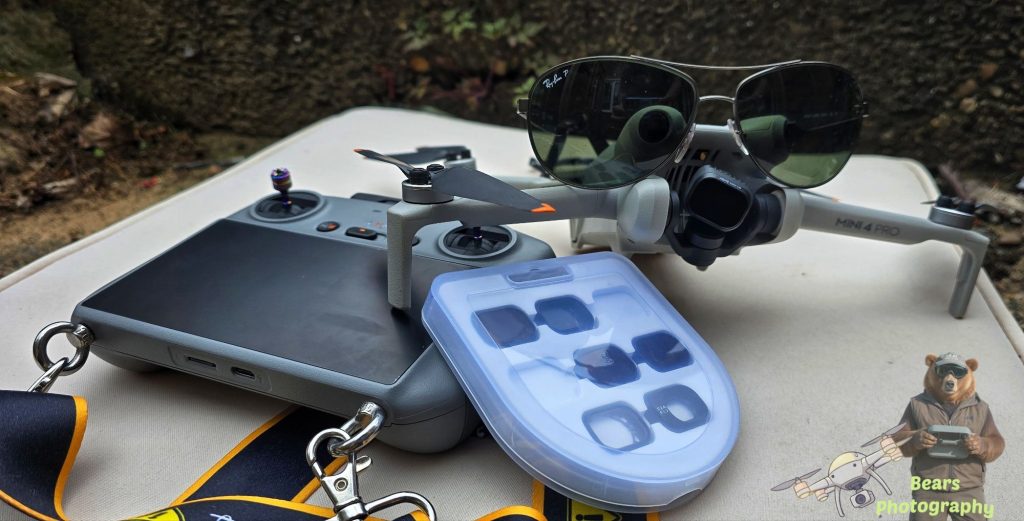
When should you use an ND16 filter?
An ND16 filter is best used when the camera’s exposure settings need to be adjusted to capture the desired effect, but there is too much light entering the lens. This can occur when shooting in bright sunlight or when using a wide aperture to achieve a shallow depth of field. 4-stop ND filters can also be used in situations where the camera’s maximum shutter speed is too slow to achieve the desired effect.
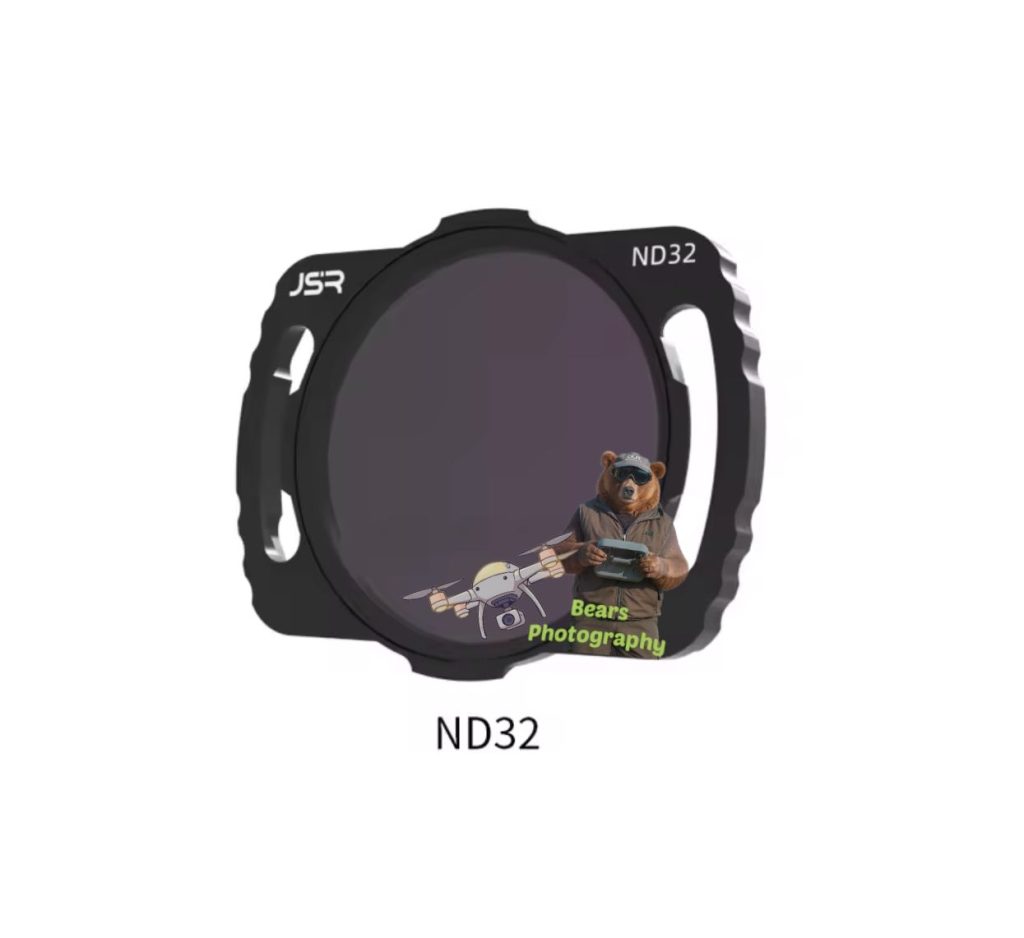
What are ND32 filters used for?
ND32 filters are primarily used for outdoor photography in bright daylight conditions. They are particularly useful when shooting landscapes or other outdoor scenes that require a slower shutter speed or wider aperture to achieve the desired effect. ND32 lens filters can also be used in other scenarios where there is an excess of light, such as when shooting near reflective surfaces like water.What is an ND32 filter?
An ND32 filter is a neutral density filter that reduces the amount of light entering the camera lens by five stops. Like other neutral density filters, ND32 filters are designed to maintain the colour and contrast of the image while reducing the amount of light that reaches the camera’s sensor.
They allow for greater control over exposure settings, enabling the photographer to create stunning images with motion blur or shallow depth of field. With a light reduction of five stops, ND32 filters are particularly useful in extremely bright conditions where other filters may not be effective.
How many stops has an ND32 filter?
An ND32 filter reduces the amount of light entering the camera lens by five stops, which is more than an ND16 or ND8 filter. This means that an ND32 filter is suitable for use in extremely bright conditions, where a slower shutter speed or wider aperture is needed to achieve the desired effect.
When should you use an ND32 Filter?
An ND32 filter is ideal for use in bright, sunny conditions where there is a lot of light entering the camera lens. This can cause overexposure and make it difficult to achieve the desired exposure settings for the shot. ND32 filters allow you to use a slower shutter speed or wider aperture without overexposing the image, which can create beautiful effects like motion blur or shallow depth of field.
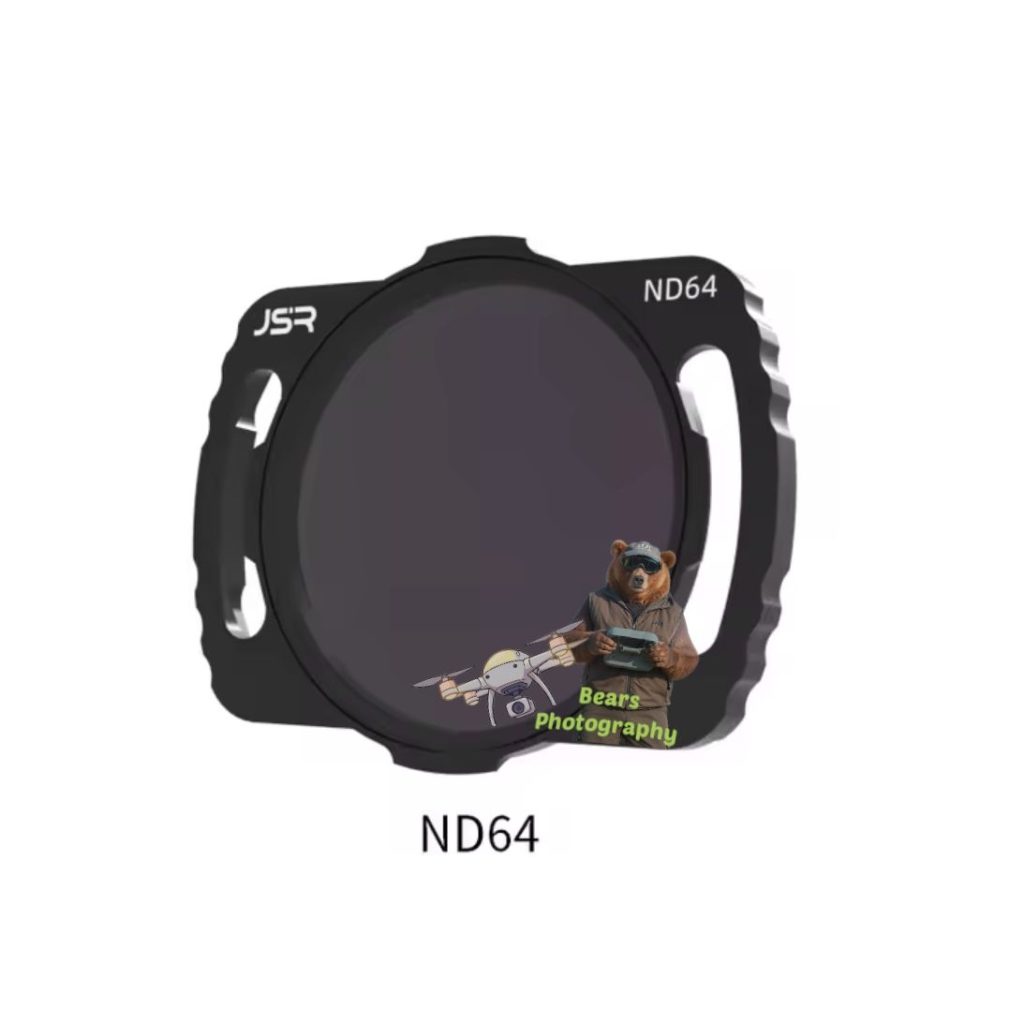
Find out more about using ND64 6 f-stop filters
What is an ND64 filter?
An ND64 filter is a type of neutral density filter that reduces the amount of light entering the camera lens by 6 stops. Like other ND filters, ND64 filters are designed to maintain the colour and contrast of the image while reducing the amount of light that reaches the camera’s sensor.
How many stops does an ND64 filter have?
An ND64 filter reduces the amount of light entering the camera lens by 6 stops, making it more powerful than ND8, ND16, and ND32 filters. With a light reduction of six stops, an ND64 filter is suitable for use in extremely bright conditions, allowing the photographer to achieve a slow shutter speed or wide aperture while avoiding overexposure.
What are ND64 filters used for?
ND64 filters are used in situations where there is a lot of light, and the photographer needs to use a slow shutter speed or a wide aperture to achieve the desired effect. Thus, ND64 filters are used to avoid overexposure and make it possible to shoot with bright sunlight keeping the original colours of the image.
When should you use an ND64 filter?
An ND64 filter is best used in bright outdoor conditions where the photographer needs to use a slow shutter speed or a wide aperture to achieve the desired effect. These filters are particularly useful in landscape photography, where the photographer wants to create a sense of motion in the image by blurring moving elements such as waterfalls, clouds or the sea. ND64 6-stop filters can also be used to achieve a shallow depth of field in bright light conditions.
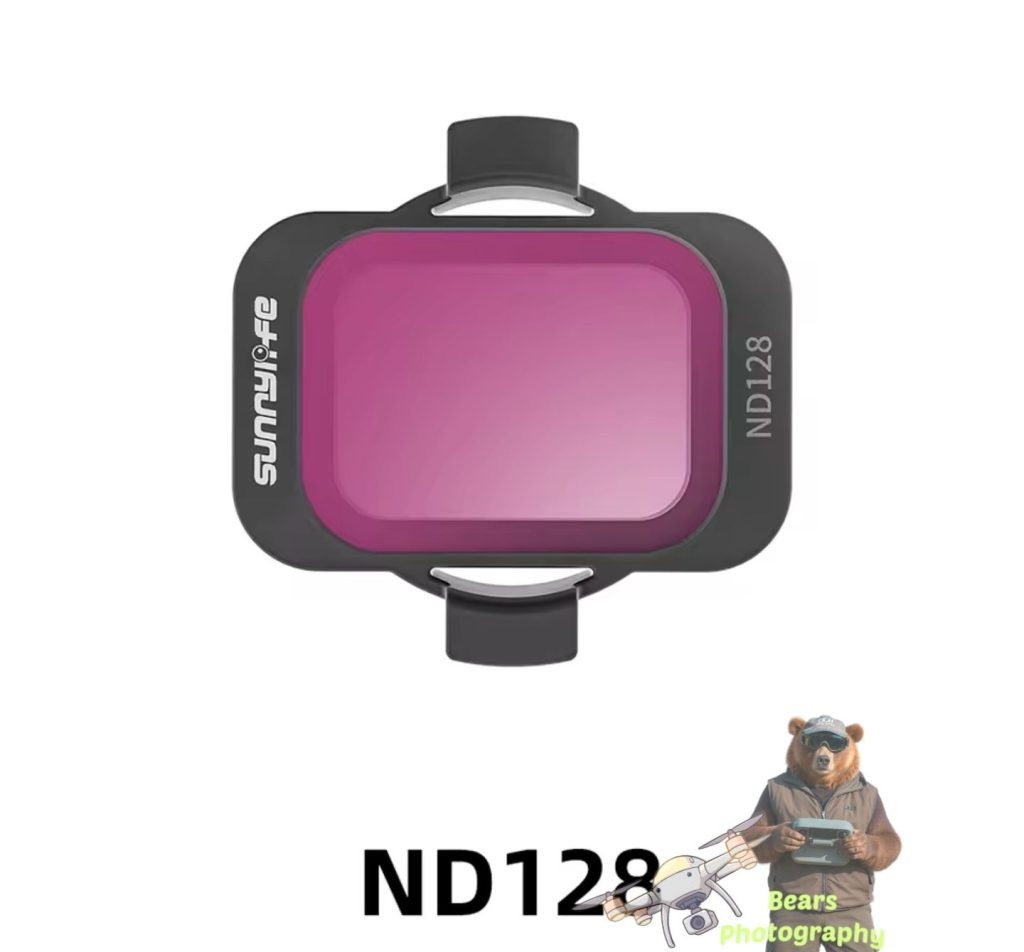
Find out more about using ND64 6 f-stop filters
What is an ND128 filter?
An ND128 filter (Neutral density 128) is a grey filter which is used to reduce the amount of light entering the camera by 7 stops. Like other ND filters, ND128 filters are not changing the colours and contrast of the image.
What are ND128 filters used for?
ND128 filters are used when there is much light, and the photographer needs to use a slow shutter speed or wide aperture to achieve the desired effect. The ND128 camera filter can be used for landscape photography to create a sense of motion by blurring moving elements such as waterfalls, clouds, or the sea. This filter can also be used to achieve a shallow depth of field.
How many stops does an ND128 filter have?
An ND128 filter is a dark filter that reduces the amount of light entering a camera lens by seven stops, making it stronger than ND8, ND16, ND32, and ND64 filters. Because of its high light reduction capabilities, an ND128 filter is suitable for use in extremely bright conditions when shooting outdoors. This allows the photographer to achieve slow shutter speeds or wide apertures without overexposing their shot.
When to use an ND128 filter?
An ND128 filter is beneficial in various photographic scenarios where you need to use a slow shutter speed or have a wide aperture for creative effects in conditions of bright light. Using an ND128 filter in photography and filmography empowers you to achieve specific creative effects, such as capturing motion blur or using wide apertures for cinematic depth of field.
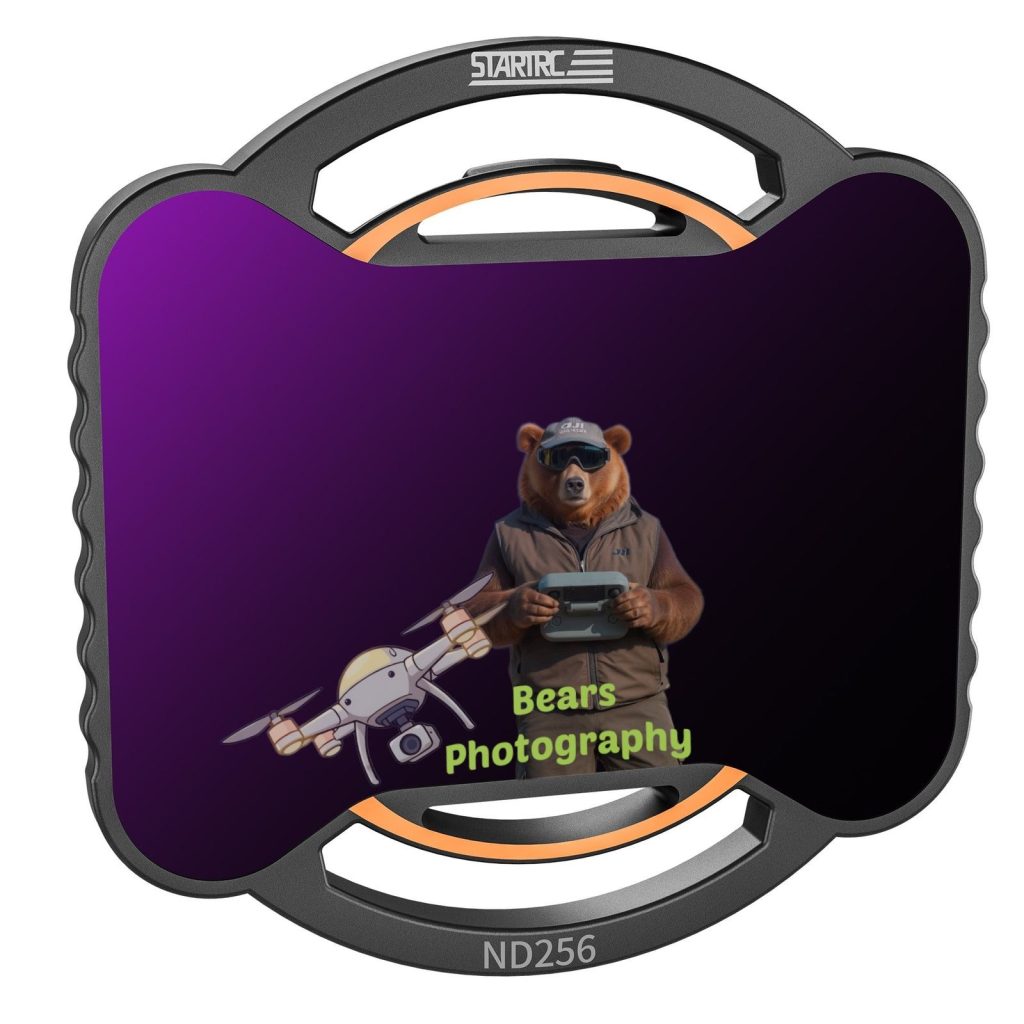
What is an ND256 filter?
An ND256 filter is a type of neutral density filter designed to decrease the exposure by 8 stops, allowing for creative control over shutter speed and aperture settings in bright lighting conditions. Similar to other grey filters, ND256 filters don´t influence the colour or contrast of the image.
How many stops does an ND256 filter have?
ND256 are 8-stop neutral density filters. Reducing the amount of light entering the camera by 8 stops, these filters allow you to control overexposure to achieve specific creative effects or to manage bright lighting conditions.
What are ND256 filters used for?
When shooting in bright conditions, ND256 filters are used to get wider apertures (lower f-stop numbers) while maintaining proper exposure. This enables photographers to prevent overexposure and achieve a shallow depth of field. Since ND256 8-stop filters enable extended exposure times, they allow photographers to capture motion blur in daylight scenes, such as flowing water or moving clouds.
When should you use an ND256 filter?
An ND256 filter is valuable when the photographer needs to overcome bright lighting conditions or achieve a desired creative effect. When using this filter, it´s possible to create a sense of motion in the image or achieve a shallow depth of field in bright light conditions.
